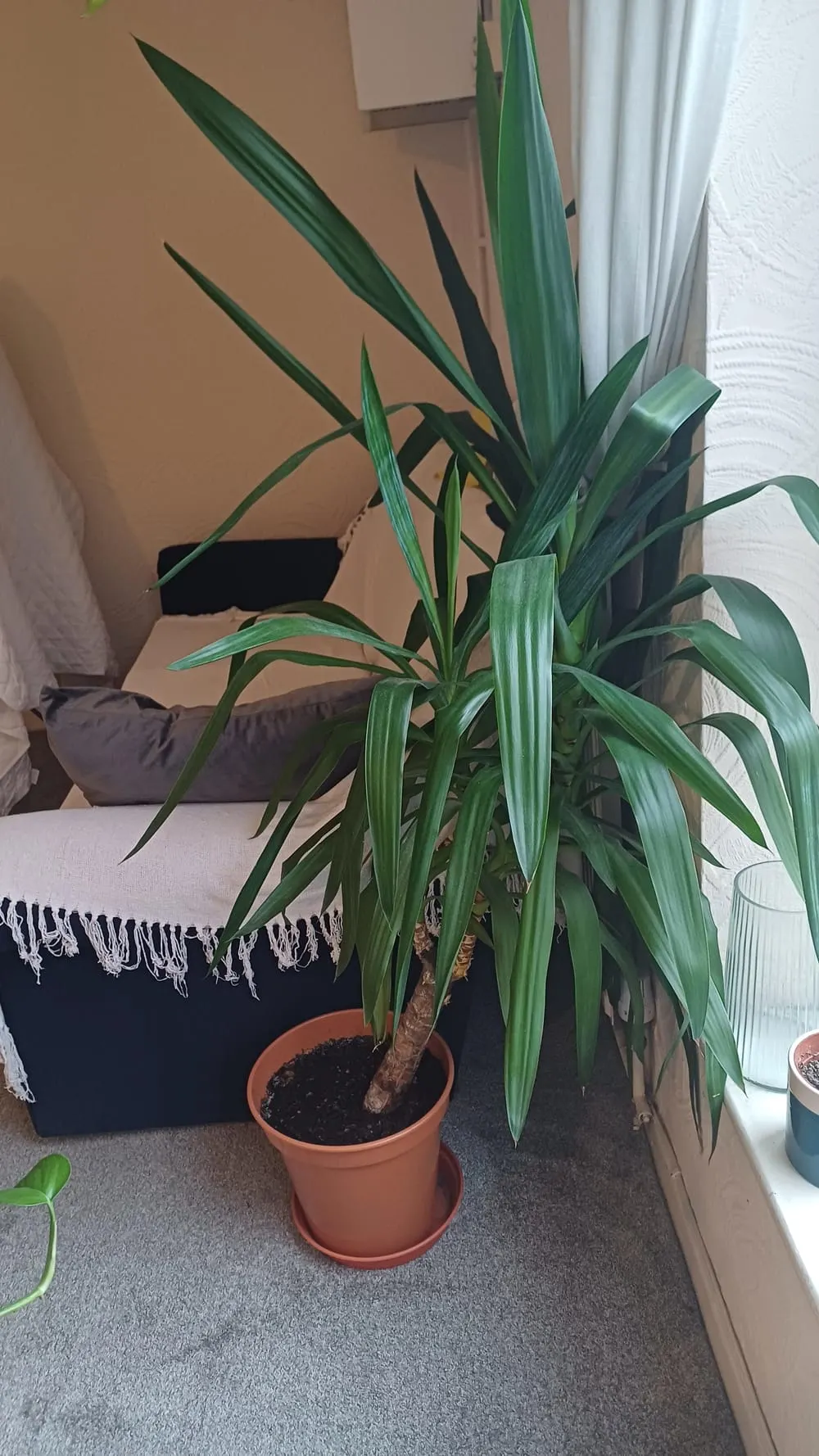Indoor plants are often celebrated for their ability to purify air, boost mood, and bring a touch of nature into our living spaces.
However, not all plants are suited for the indoor environment, and some can be more trouble than they’re worth.
This year, understanding which plants to avoid can save you time, effort, and space. Here, we delve into 13 plants that are better left outside or not brought into your home at all.
Knowing which plants to steer clear of can make all the difference in maintaining a happy and healthy home.
While some plants pose health risks, others may simply require more maintenance than they’re worth. Let’s explore these plants and understand why they may not be the best choice for your indoor garden.
1. Ficus Trees
The Ficus, often praised for its lush greenery, can be a wolf in sheep’s clothing when kept indoors. These trees are notorious for their rubbery leaves, which can cause allergic reactions in sensitive individuals. Furthermore, they drop leaves frequently, leaving a mess and requiring constant upkeep. If you love a clean and allergy-free home, it’s best to skip the Ficus.
2. English Ivy
English Ivy is often admired for its classic aesthetic, but indoors, it can become more of a headache than a pleasure. This plant is a nuisance because it tends to attract pests like spider mites and is potentially toxic if ingested by pets or children. Instead, consider choosing another plant with less maintenance burden.
3. Boston Fern
While Boston Ferns are praised for their feathery fronds, they are quite finicky. These ferns demand high humidity and attention to their watering needs, making them a challenge for many busy homeowners. Given their delicate nature, they can quickly turn brown and unsightly if ignored, making them a poor indoor companion.
4. Asparagus Fern
Despite its name, the Asparagus Fern isn’t a true fern and can be quite problematic indoors. It can cause skin irritation upon contact, and its berries are toxic if ingested. Its growth can get out of hand, requiring regular pruning. For those seeking a pet and family-friendly environment, this plant should be kept at bay.
5. Jade Plant
The Jade Plant, beloved for its longevity and succulent leaves, is actually a double-edged sword. These plants are toxic to pets and can suffer from overwatering in a typical indoor setting. Their placement should be well-considered to avoid compromising their well-being or the safety of your furry friends.
6. Aloe Vera
Aloe Vera is often welcomed indoors for its healing properties, but overwatering can quickly lead to root rot. These desert natives prefer dry conditions, which are hard to replicate indoors unless you have consistent attention to their water needs. Consider the effort required to keep them healthy before inviting them inside.
7. Peace Lily
A symbol of tranquility, the Peace Lily can ironically induce stress for pet owners. Its leaves are highly toxic to pets and children, posing a serious health risk if ingested. Its allure shouldn’t overshadow the potential dangers, making it a questionable choice for an indoor plant.
8. Croton
Crotons are known for their vibrant, colorful foliage, but their high maintenance demands can be off-putting. They require specific humidity and light conditions to thrive, often becoming temperamental in less-than-ideal environments. Additionally, they can be toxic if ingested, adding another layer of caution for families with pets and children.
9. Rubber Plant
Aligned closely with the Ficus, Rubber Plants can trigger allergic reactions due to their latex-producing sap. Furthermore, they can grow quite large, potentially outgrowing their space indoors. If you’re looking for a more manageable houseplant, the Rubber Plant might not be the best choice for this year.
10. Bird of Paradise
The grandeur of a Bird of Paradise might be appealing, but its size and growth demands are more suited for outdoor settings. Indoors, it can occupy extensive space and requires bright light, which can be challenging to maintain consistently throughout the year.
11. Yucca
Yucca plants are robust and eye-catching, but they can be a hazard if not handled with care. Their pointed leaves can be sharp, potentially causing injuries to children or curious pets. Moreover, they require significant light, making them a poor choice for dimly lit homes.
12. Kalanchoe
With its bright, bold blooms, Kalanchoe might seem like an excellent choice for indoor gardening. However, it’s essential to note that it is toxic to pets and children. Its care involves specific light and watering requirements, which can be difficult to manage in a regular indoor environment.
13. Dieffenbachia
Popular for its ornamental leaves, Dieffenbachia, also known as Dumb Cane, can pose significant risks due to its toxicity. Ingestion can cause issues like irritation and swelling of the mouth and throat, making it unsuitable for homes with small children or pets. Its appeal does not outweigh the risks involved.
Choosing plants for your home shouldn’t feel like a gamble. By avoiding these potentially troublesome varieties, you can focus on nurturing those that will truly thrive in your environment, bringing beauty and tranquility into your space.
Remember, the ideal indoor plant should complement your lifestyle, not complicate it. Why not start with a simpler, safer plant and see where your home greenery journey takes you?














